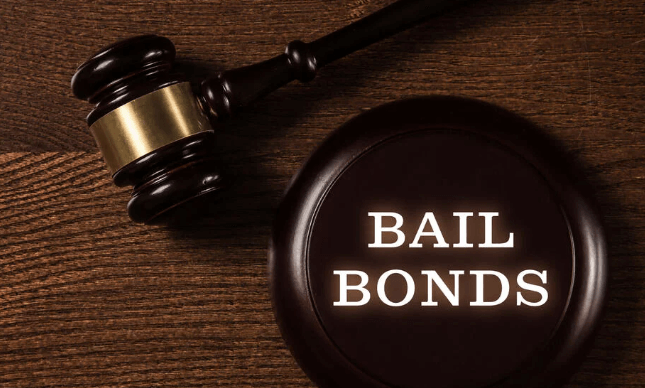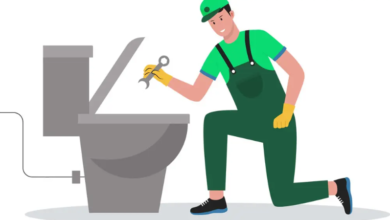Collateral Demystified: What You Need to Know Before Signing a Bail Bond Agreement

Navigating a bail bond agreement in the face of an arrest can be challenging. When an individual is arrested, they will be booked into jail, followed by a bail hearing where the judge will determine the bail amount. Judges can deny the bail altogether, but if bail is granted, the defendant can pay that amount of money to the court so that they can be released from jail. If the defendant cannot pay the bail amount, this is where a bail bond agreement with a bonding agency comes into play. Oftentimes, collateral is leveraged in the bail bond agreement to safeguard the bonding agency. Let’s discuss some of the common questions around bail bonds and how collateral is used.
How much is a bail bond?
When a defendant is deciding how they are going to post bail, the amount of money the court is asking for is a huge consideration. This amount is determined by the court in a bail hearing and is based on several factors. Previous criminal history, flight risk, and the severity of the crime, along with other factors are considered.
See also: Folsom Home Buying Guide: Everything You Need to Know About Buying a Home in Folsom
Does the Defendant Need a Cosigner?
A cosigner is not required, but oftentimes, the defendant will have a family member or friend help them secure a bail bond. This person is called an indemnitor or co-signer. They use their personal funds or collateral to secure the bail bond. The idea behind this method is to hold the defendant more accountable to the bail conditions and encourage them to attend court dates. It forces the defendant to consider how their actions could affect their family or friend’s financial investment.
What is Collateral?
If the defendant or the cosigner have something of value such as property, jewelry, or a vehicle, these items can be leveraged to secure the bail bond. Using collateral to secure a bail bond comes with obvious risks. If the bail conditions are not adhered to, the cosigner or defendant can lose the items they leveraged so that the bonding agency can recoup the money from the forfeited bail.
How to Protect Collateral?
There are several ways defendants or indemnitors can protect their collateral. Firstly, they should ensure the bonding agency is licensed properly and that the have a good reputation. There are laws protecting the rights of people who enter into a bail bond agreement and so working with a highly regarded agency lessens the chance of being scammed or taken advantage of. If bail conditions are violated, the bonding agency does reserve the right to sell the collateral. Another way to protect collateral and avoid any unexpected losses is to know the ins and outs of the bail bond agreement, getting everything in writing, and defining very specifically the terms surrounding the collateral.
When Will Collateral be Returned?
Collateral is returned once the open court case is over, the defendant has complied with all the bail conditions, and the court releases the bond. Ensuring the defendant attends court and all bail conditions are adhered to is by far the best way to protect collateral.
Final Thoughts
Using collateral to secure a bail bond whether by the defendant or an indemnitor involves risk and careful planning. Working with a trusted bail bond agency and understanding all the terms of the agreement cannot be over emphasized in order to protect the well-being and financial interests of the individuals involved in the transaction.




